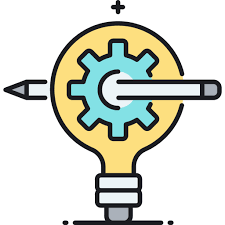The major advantage of C plus programming over C is that the latter is more strongly typed than the former. The C++ programming standard enables you to assign an expression to a variable without the need for a back brace. This feature comes in very handy for functions that require an expression as their result. For example, the overloaded operator + is available as ‘ ++’ in C++ as compared to the ‘ ++’ operator in C.
Another advantage of C++ is that you may create a program that is dynamically typed. This means that each time you want to access the variable or function, you just type it directly without using a back brace. A small disadvantage is that the generated code is not as portable as a regular C program. For example, if your program contains a pointer to a memory location, then the generated code may get the address wrong when the program is executed on a different machine. You should examine the examination help for more information on portable functions.
Most C++ programming consists of functions, classes, and structures, and therefore, they all have a purpose. The common structures include the following: data types such as int, unsigned int, float, long, etc., function objects such as void, const char, etc., and other generic types like string, wstring, tstring, and others. All the functions have names beginning with ‘const’.
Functions are divided into two categories: ordinary functions and template functions. An ordinary function is one which is called a virtual function. This means that it can be called by another program without having to create an actual function in the executable file. A template function is one that is implemented by pre-compiled C code. When you look at the examination help for C++, you will see templates referred to as templates.
The pre-compiled C code is stored in the source file, along with any pragmas needed to use the generated C code in the program. The file ends up being called from a number of locations, including various function calls. Some of these function calls will be visible only to users of the pre-compiled C language and some will be invisible to them. A file named.h is included with the source distribution of C. In addition to the functions defined within the program, there are other things such as global and local scopes, and type declarations. These are all types of templates. These are used throughout the source code to produce a complete C++ program.
In the C++ programming language there are two different ways to build templates. In the traditional form of program building, the programmer uses the header to define the types, functions, and expressions needed. There are sometimes pre-built templates included with the C++ distribution, but they must be compiled using specific flags to enable built in features.
A second way to build templates is to create them as part of C from source files. In this approach, a number of pre-built C headers are searched to find the ones defined by the programmer. The preprocessor also compiles all source files before running them. The resulting C++ output is used to replace the pre-built templates. C++ is widely used in modern software development.
